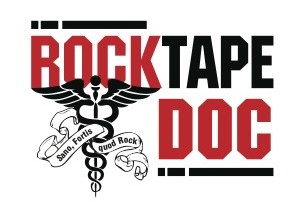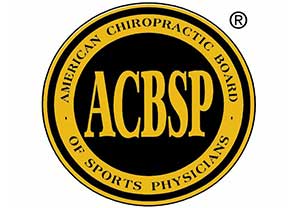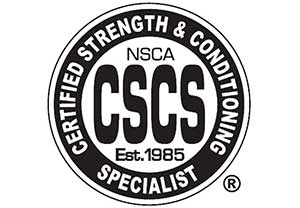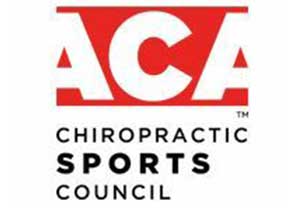
This is a topic that I have thought about writing about for a while. Maybe one that you have wondered about but didn’t feel comfortable to ask. So, let’s talk about why chiropractors go by their title, doctor versus their first name in office. One of the more common things that I hear is “you earned it”. While this is true and may work in certain situation, I believe there are more reasons than the level of academic degree that one obtained many people, including healthcare providers, don’t know.
First, in the United States there are currently twenty fully accredited chiropractic schools. Did you know there are even chiropractic schools in other countries like Canada, New Zealand, South Africa, France, Japan, England, and Spain. Most are right here in the US though. The Council on Chiropractic Education (CCE), in conjunction with its Commission on Accreditation, is an autonomous national organization recognized by the Secretary of the U.S. Department of Education and over sees chiropractic schools. Although each program may be slightly different you must have 90 credit hours (approximately three years) of undergraduate education and the necessary pre-requisite course although most applicants already have at least a bachelor’s degree. They must also have a GPA of no less than a 3.0 on a 4.0 scale.
The Doctor of Chiropractic program is a comprehensive education experience separate from med school. Most students can complete their course work and clinical requirements within 3-5 years. They will also take a series of national board exams before being eligible to apply for a state specific license. In addition to the basis sciences, a chiropractic student will take years of course work to learn the interworking of the human body and train the mind for clinical observation, asking the right questions, making a diagnosis, and selecting a safe an appropriate approach to care. Some of the standard course work in addition to chiropractic techniques includes (but not limited to) pathology, biomechanics, clinical orthopedics and neurology, public health, clinical nutrition, clinical microbiology, radiologic positioning and technique, physical diagnosis, radiographic diagnosis, differential diagnosis, dermatology, obstetrics and gynecology, and geriatrics. The time and course work speaks for itself. It is truly an all day, most weekends, full-time immersion into becoming a physician.
Which brings me to my second point. The Chiropractic Physician is not only the title on my license, but I have been trained to be a “portal-of-entry” provider. We as chiropractors are trained and prepared to assume that we are the first and maybe the only person knows about your condition whether it is back pain, insomnia, tinnitus, migraines, chest pain, or indigestion. Yes, even the pain in your big toe. Was it a trauma, is it infectious, is it vascular… All of that is going through your chiropractor’s mind before we offer an assessment and recommendations for care. The scope of care for your chiropractor is still limited by their education, national board certification, and state licensing. This means that the recommended treatment, which is provided by your chiropractor may not be, and often is not limited to an adjustment. Most chiropractors view themselves as physicians because that is how we are trained. A physician is to identify what has caused you to be unwell and in a state of dis-ease. We are prepared and well trained to at minimum to listen to and examine the people our care even if we are not the one to apply to necessary treatment. Over the years I have created a habit of establishing referral relationships with as many experts as possible. At the end of the day, I send out to other healthcare specialist far more than are referred in, so it is okay to see your chiropractor first for a problem if you feel confident with their skills and the doctor-patient relationship that you have.
Here is my third point, and this is a simple one. If it is outside of our scope of care. Whatever “it” is, your chiropractor can refer out. That may be for a medical procedure or test like x-rays, CT, MRI, and lab work or to another healthcare provider. That should happen in both a private practice and a multidisciplinary setting. People are often surprised to hear me say that. Most chiropractors see themselves as one of your doctors, so if something has changed or you or you feel that you are not getting the help that you need, you should discuss it with them. Don’t forget, in some cases that will happen right away during your exam and in others it is within the course of care.
Ultimately don’t be afraid to ask questions about a physical complaint or ailment if you feel that your chiropractor might be able to help. Trust me we don’t mind. Often once we are in practice, chiropractors will develop a specific interest and have lots of expertise in a realm care through further course work, certifications and even dual degrees as an acupuncturist, athletic trainer, nurse practitioner, physical therapist, EMT, or personal trainer. If it is not something they are comfortable with, most will just say so, or help you find other resources.
So, don’t worry. On the golf course you could refer to your chiro friend or colleague as “doctor” as a sign of courtesy. In the office, if we go by doctor, it is usually just because that’s our role and relationship with your there. If you are unsure just ask.





